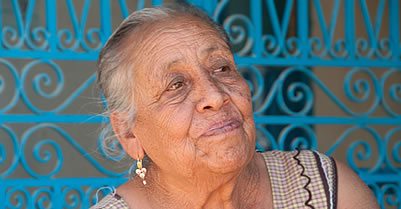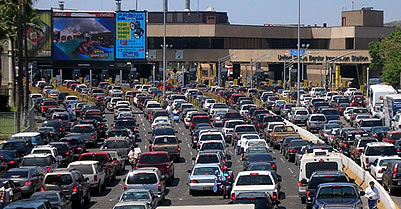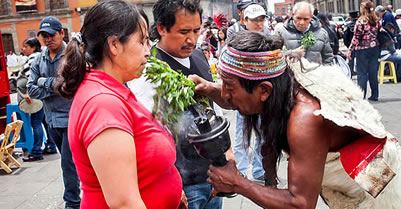U.S. Latinos Are Being Impacted By COVID-19 At Higher Rates Than Other Ethnic Groups

Temecula, CA -"I have necessities," said Graciela Ramirez in Spanish who opted to keep working instead of forfeiting her $750-a-week wages she uses for "my food, my rent, my bills," and her four children. She was given a choice by her managers to stay home, but without pay.
As time went on, her co-workers began getting sick and eventually she became congested, fatigued and lost her sense of smell. Her test would come back positive putting her and her family at risk of infection. Workers like Ramirez are testament to the general make-up of essential workers across the nation.
In the last two weeks, counties where Latinos make up more than a quarter of the population have been reporting a 32% increase compared to the 15% increase in other counties with lower numbers of Latinos. Nationally, Latinos are 18% of the population but have accounted for 34% of cases.
The higher proportion of cases for Latinos are made up heavily in densely populated states like California, Texas and Florida. However, in North Carolina Latinos make up only 10% of the population but account for 46% of infections. In Wisconsin, it is the same case; they're population is 7%, but are 33% of cases accounted for.
Riverside County has a 50% Latino population and follows the national trend of Latinos accounting for majority of the cases tallied. Per 100,000 cases, 595 are Latinos being the highest number among the other's.
Temecula has a 29.6% Latino population that has been a progressing for the last decade or longer. They do not have demographics that hone in on the percentage of Latinos affected in Temecula, but looking at the nation-wide trend, we can assume it is at a much higher rate than any other ethnicity in town.
Why?
Factors that tie more cases to Latinos are not just related to making up majority of the essential-work force: in counties reported, Latinos tend to have crowded households, younger populations and live in hot weather that drives people indoors, according to a New York Times report. In some instances, contact tracers have associated large family gatherings to case spikes.
Other factors are still being worked out to pin-point exactly why, but these indicators have been the first to arise. More explanations are sure to come in the next week or so, after the data has been fully analyzed. So far, health professionals have not seen a race-to-infection correlation that ties people to being infected solely on their race. Class has been seen as the defining factor thus far.
In attempt to disassociate himself from the spike in cases, Florida Governor Ron DeSantis, has opted to blame immigrant workers as the reason for the rise. Saying that positive COVID-19 tests have been come from "overwhelmingly Hispanic farm workers."
This racial trend can be related back to the hard-lined approach taken by the Trump Administration on Mexican and Southern American Immigrants. The Administration has sought to even make "legal" immigration harder to obtain. Immigrants have become a boogie man in some political circles and are the first to be scapegoated when problems in the country arise.







